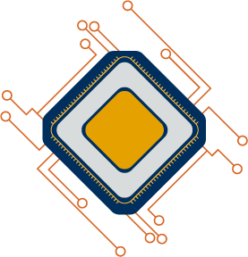In order to be patentable, an invention must pass the eligibility test under Article 52 EPC (i.e. it must not be one of the “non-inventions” referred to therein) and must also satisfy the other criteria listed in that Article (novelty, inventive step, etc.). For computer-implemented inventions, the twofold test for patent eligibility and for inventive step (using the COMVIK criteria) is often referred to as the “two-hurdle approach”, which will be discussed below on the basis of decision G1/19 of the Enlarged Board of Appeal, points 37 to 39.
The first hurdle is easier to overcome
It may be that a shift has taken place in the relative level of each of these two hurdles in the sense that it has become easier to clear the eligibility hurdle of Article 52 EPC (“any hardware approach”) and more difficult to pass the inventive step hurdle of Article 56 EPC (“COMVIK approach”). As result of this shift, it could be said that there is now in effect an additional intermediate step to assess the “eligibility of the feature to contribute to inventive step”.
The two-hurdle approach for computer-implemented inventions actually entails three steps:
(i) assessing the invention’s eligibility under Article 52 EPC,
(ii) establishing whether a feature contributes to the technical character of the invention as an intermediate step,
(iii) assessing whether the invention is based on an inventive step vis-à-vis the closest prior art.
Filter for features contributing to the technical character
This additional intermediate step serves as a filter for features contributing to a technical solution of a technical problem in view of the closest prior art. Only those distinguishing features can contribute to inventive step, see figure below.

Conclusion
The “two-hurdle approach” is in principle the combination of the “any hardware approach” and the “COMVIK approach”.
A disadvantage of the “two-hurdle approach”: If the claim feature “computer-implemented” is waived, it can be difficult to determine whether a technical means is present or not under certain constellations at the first hurdle. For features that per se are technical and/or non-technical, it is usually determined under the second hurdle (COMVIK approach) whether these are technical. For example, in the case of the claim feature “data”, it may turn out at the second hurdle that it is “functional data” and thus a technical feature and not non-technical data with just cognitive content.
